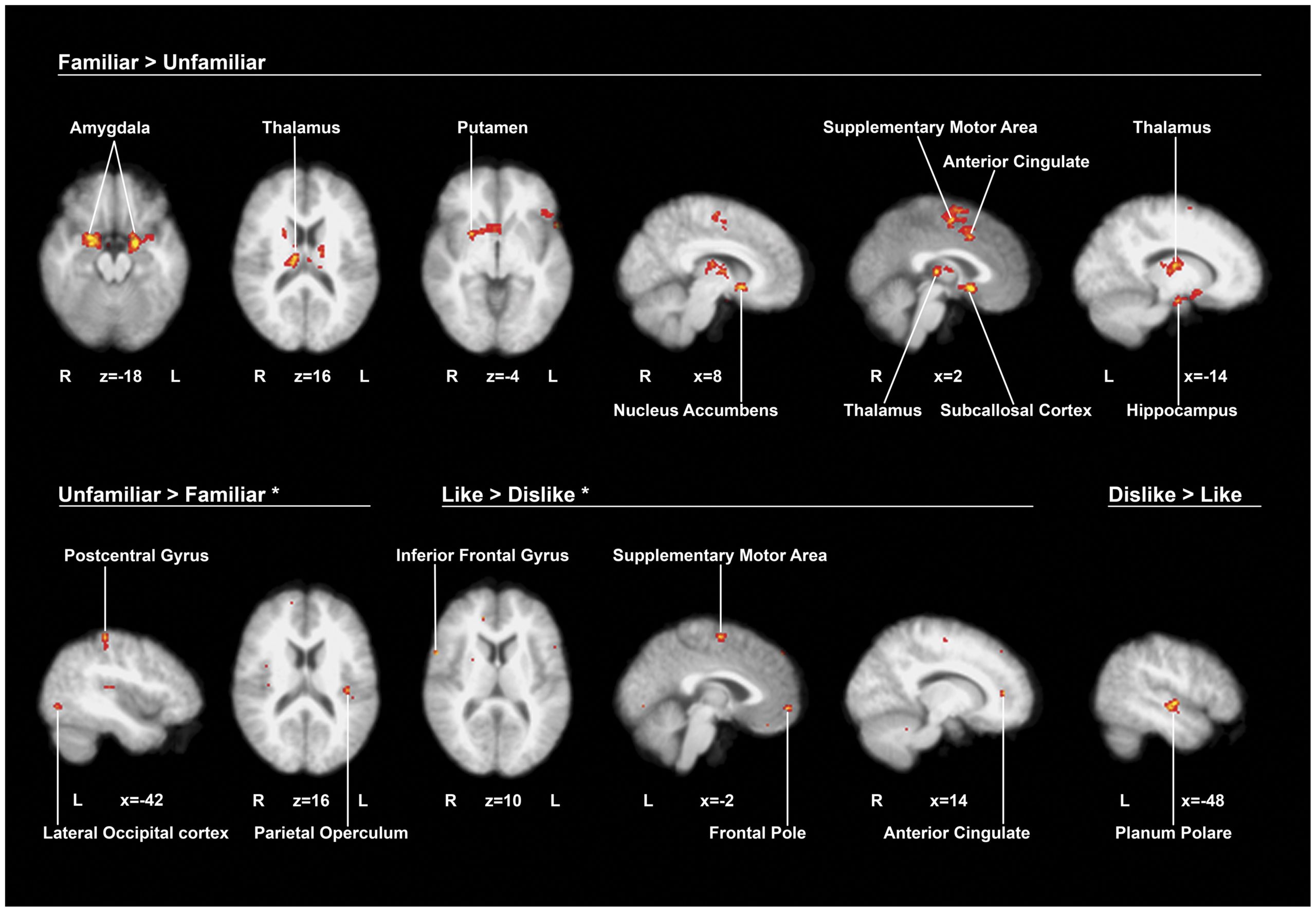It doesn’t take a Christmas miracle to build the perfect holiday playlist. Businesses can use some proven science to help them achieve the ideal holiday music mix in 2020.
If you haven’t already read our blog post “Christmas Music 101: Yes, Virginia, You Should Play Holiday Music In Your Business,” we recommend you start there.
Because now that we’ve gotten through 101, it’s time to get nerdy with Christmas Music 201.
1. Humans Like To Learn
Inevitably, a favorite song can turn into a hated song if it’s heard on repeat too much.
Elizabeth Hellmuth Margulis, author of “On Repeat: How Music Plays the Mind” and director of the Music Cognition Lab at the University of Arkansas, explained the science of it to Business Insider:
“If we keep revisiting the same place again and again and again, we never learn,” she said. “So there is a competing drive to explore and find new things.”
Initially, our brains are intrigued and surprised by interesting turns in music. But if there are no surprises in the music, the music loses its likability. This can happen all too quickly when hearing the same Christmas song by the same artist over and over again during the holidays.
In an interview with the Independent UK, music psychology expert Dr. Michael Bonshor of the University of Sheffield related it to the concept of “flow.”
“Listening to music can be a ‘flow’ experience, which people enjoy for its own sake. It is totally absorbing, to the extent that it distracts them from everyday concerns,” he told the Independent. “However, for an individual to experience ‘flow,’ the activity needs to use their skills in a way that is challenging enough to be interesting. If the music is not sufficiently stimulating for the listener, they will soon lose interest, the state of ‘flow’ arising from immersion in the music will be lost. And the music will fall out of favour.”
That’s why it’s imperative to not kill the holiday music experience by going on repeat too much. However, this must be balanced with point number two…
2. The “Mere-Exposure Effect” or “Familiarity Principle”
Simply put: people prefer things they are already familiar with.
Research on the phenomenon goes back to 1876 by German psychologist Gustav Fechner. But the principle was more fully studied starting in the 1960s by American social psychologist Dr. Robert Zajonc. Zajonc found the effect to be so strong that it was “demonstrated across cultures, species, and diverse stimulus domains.“
This was reinforced in a 2011 study using fMRI scans to understand how “familiar” and “unfamiliar” music affect the brain.
Don’t worry, you don’t have to understand fMRI scans. Here’s the takeaway from the study authors: “familiarity with the music was the key factor to trigger increased blood oxygen level dependence (BOLD) response in these emotion-related regions, namely in the putamen, amygdala, nucleus accumbens, anterior cingulate cortex and thalamus.”

They concluded that familiarity had a greater effect on emotion-related regions than music (style) preference. The authors go on to say: “Our results not only strengthen the body of evidence showing that music is very efficient in recruiting emotional centres of the brain, but also clearly provide evidence that familiarity with a particular piece of music is an extremely important factor for emotional engagement, and thus furnishes “direct access” to these emotional centres of the brain.”
The challenge, thus, is to achieve the “Familiarity Principle” while also avoiding overexposure. Which brings us to our final point…
3. The FamiliaRarity Approach
The art of the perfect holiday mix comes down to achieving both Familiarity and Rarity all in one.
Due to the proliferation of personal music streaming services that customers play at home, your customers are much more conditioned to hear covers and alternate takes of famous original songs. When in the past it might have been off-putting to hear an alternative version of a beloved holiday favorite, now customers walking into your business are much more trained to enjoy the rarities.
The handcrafted Christmas playlists we build at Custom Channels often lean into lesser-heard versions of holiday staples, thus achieving both familiarity and rarity — aka, FamiliaRarity.
However, you (as we do) can also still include holiday staples. Because you are including a strong mix of alternative versions, that makes the commonly heard Christmas song a rarity for YOUR business’s music mix.
“I think of the customer and employee – they both want familiarity with the song, but not necessarily the same old version,” said John Bradley, Chief Music Officer for Custom Channels. “A fresh take. And for them, a fresh take is: ‘Wow, who’s doing this version of Winter Wonderland? It sounds different.’”
That’s highly achievable. Instead of Bing Crosby, Michael Buble, or Dean Martin versions of Winter Wonderland, use the Aretha Franklin or Gwen Stefani versions.
Of course, as we like to say, the best business playlist is Art just as much as its Science. And, the Art often comes down to knowing what is Familiar and what is Rare for YOUR customers and business.
There’s still time to build a custom holiday playlist for your business for 2020. Learn more about Music Licensing Basics or just give us a call at 303-444-7700.
Hungry for more info on building a Christmas playlist? Read our blog post The Joys of Christmas Music in a Business Environment.

